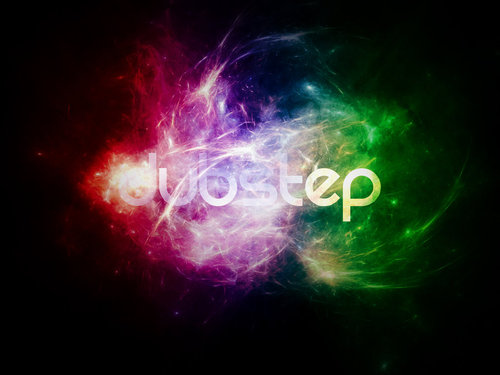Emerging from the underground speakers of South East London is a unique style of electronic music that has only recently begun to grace the ears of the American mainstream. Once an underground, experimental movement reserved for trendsetters and avant-garde individualists, Dubstep is now creeping into mainstream audiences and radios.
In forming this harmony with hip-hop obsessed America and the Dubstep subculture, a new genre of music is beginning to unfold. Just as the 80’s are known for hair metal and Madonna, the 90’s for bubblegum pop and old-school hip-hop, and the 2000’s for its danceable beats and autotune, the 2010’s could potentially be defined (if I may be so bold) as the “Dubstep Era.”
“Mainstream dubstep” is still in its infancy but is rapidly progressing—it is turning up more frequently in popular songs such as Britney Spears’ “Hold it Against Me” and is also frequently featured in the MTV series Skins. Dubstep music is can be described as heavy bass music with a steady beat hovering around 140 beats per minute. Deep reverberations and “wobbly” bass lines create a darker sound, and dubstep is best listened to on a sound system with good bass or subwoofers. This means that listening to dubstep on our Mercy tablets is like expecting a kitten to roar… it just doesn’t work that way.
Below is a dubstep remix of Nelly Furtado’s “Turn Off the Lights” and is a good example of the more popularized “mainstream dubstep” that will soon be taking over the airwaves. You can find a dubstep remix of almost any popular song, but there is also the more dedicated dubstep scene consisting of artists such as Bassnectar, Nero, Skrillex, Rusko, DatsiK, Chase & Status, Mt Eden, Deadmau5 (sometimes), and others. New “dubbers” will probably appreciate the more familiar beats like the example below, as true dubstep can be an acquired taste for some.
Play this song at high volume, on good speakers, and with a subwoofer (preferably an insured one); prepare to blow your speakers and your mind.

